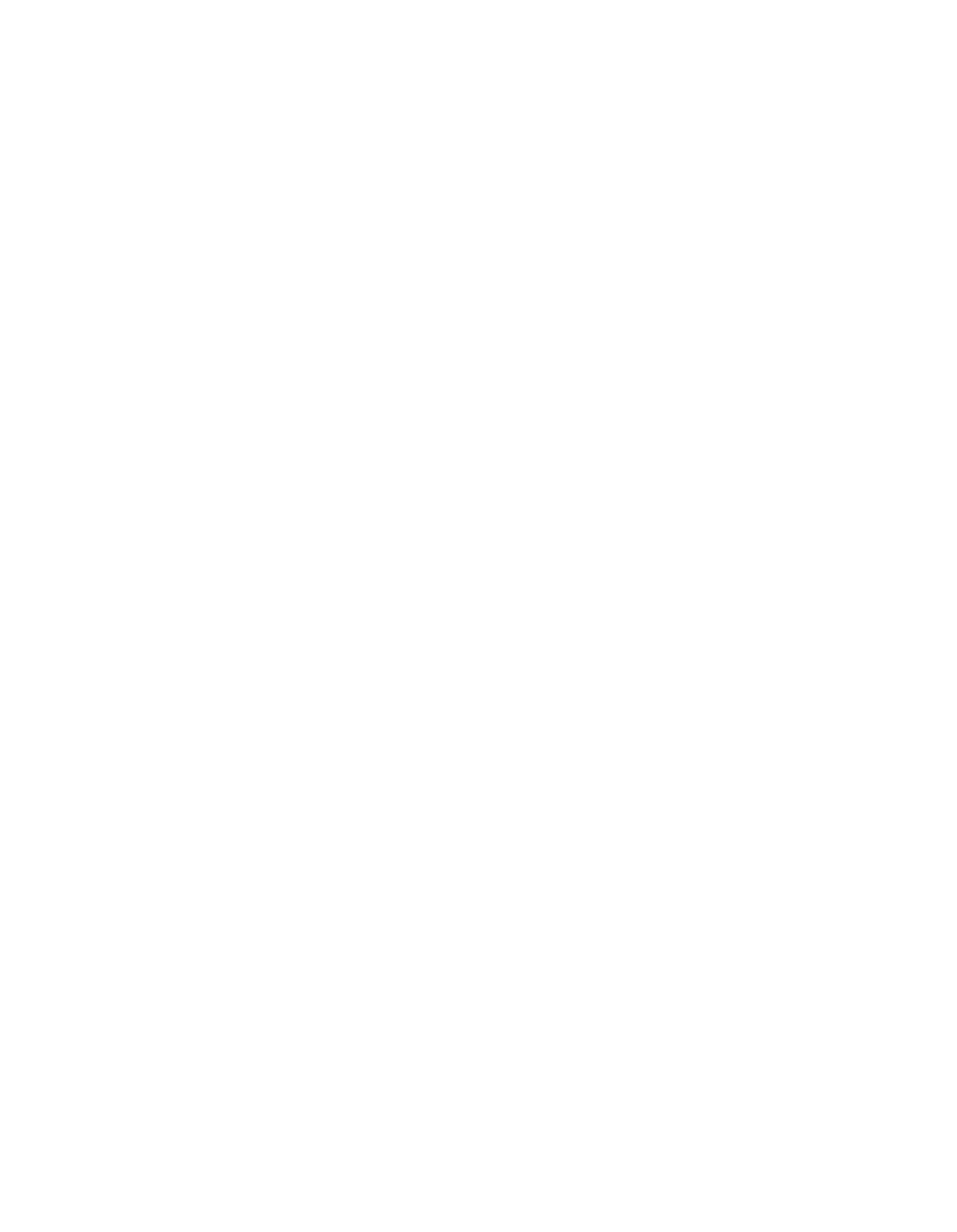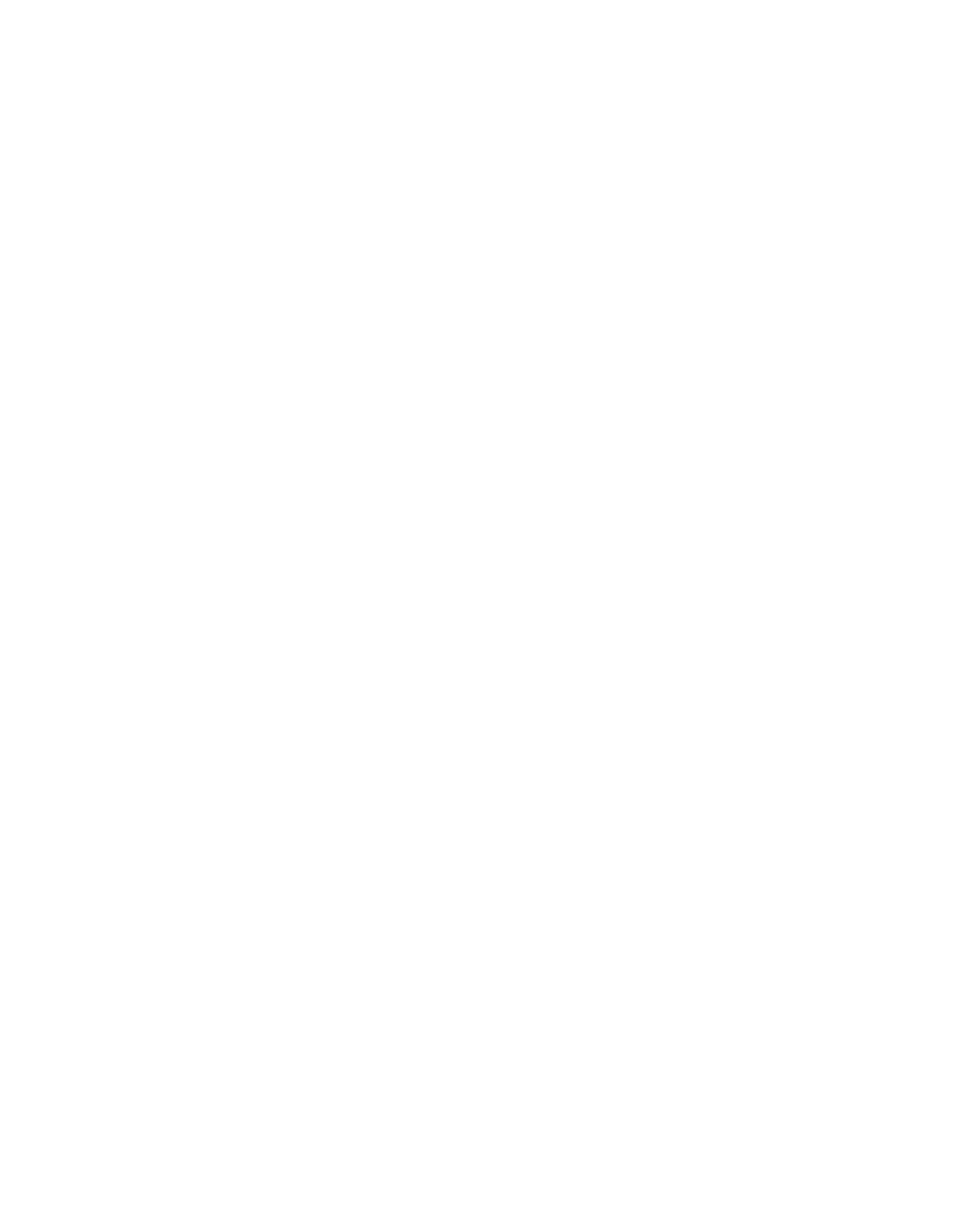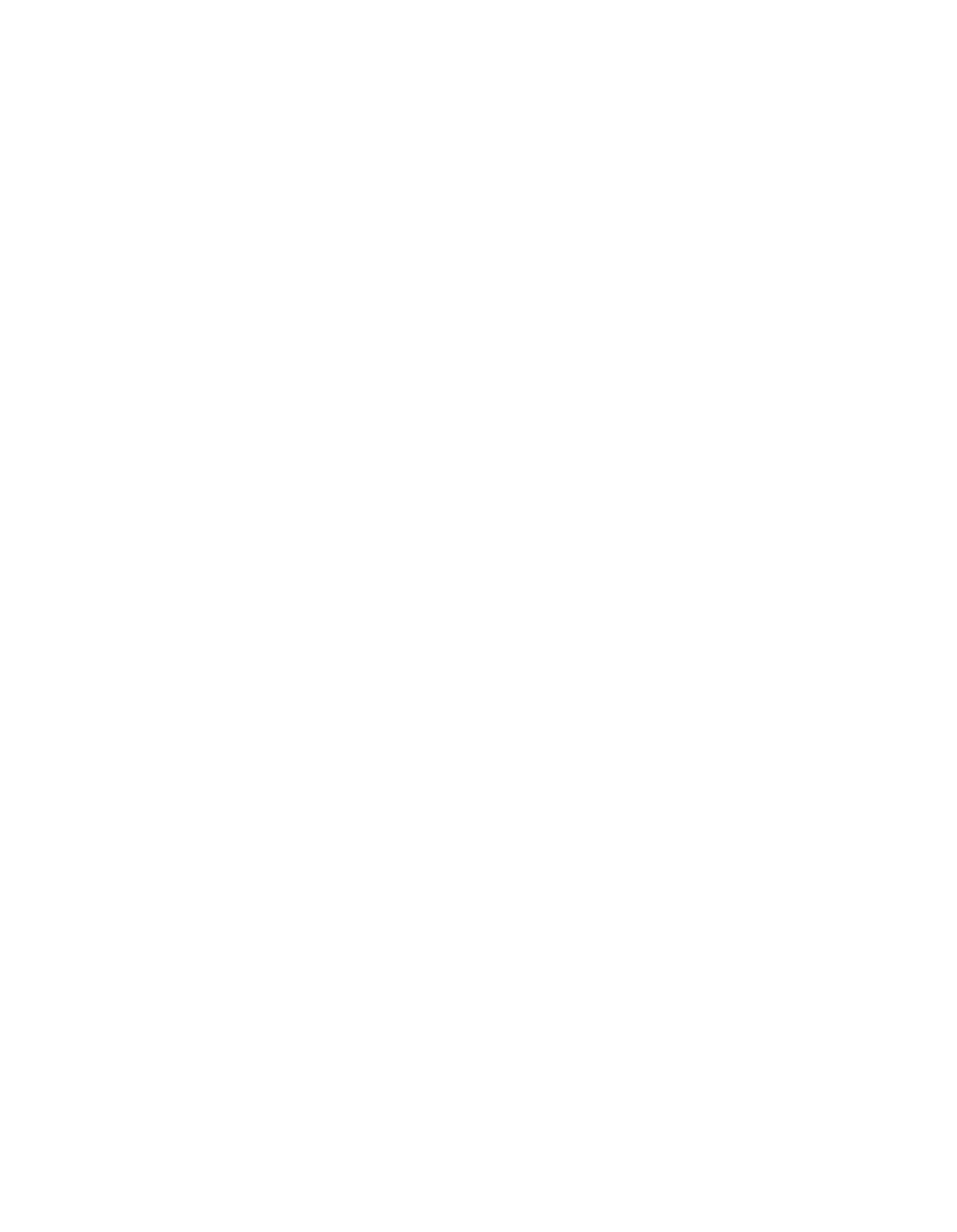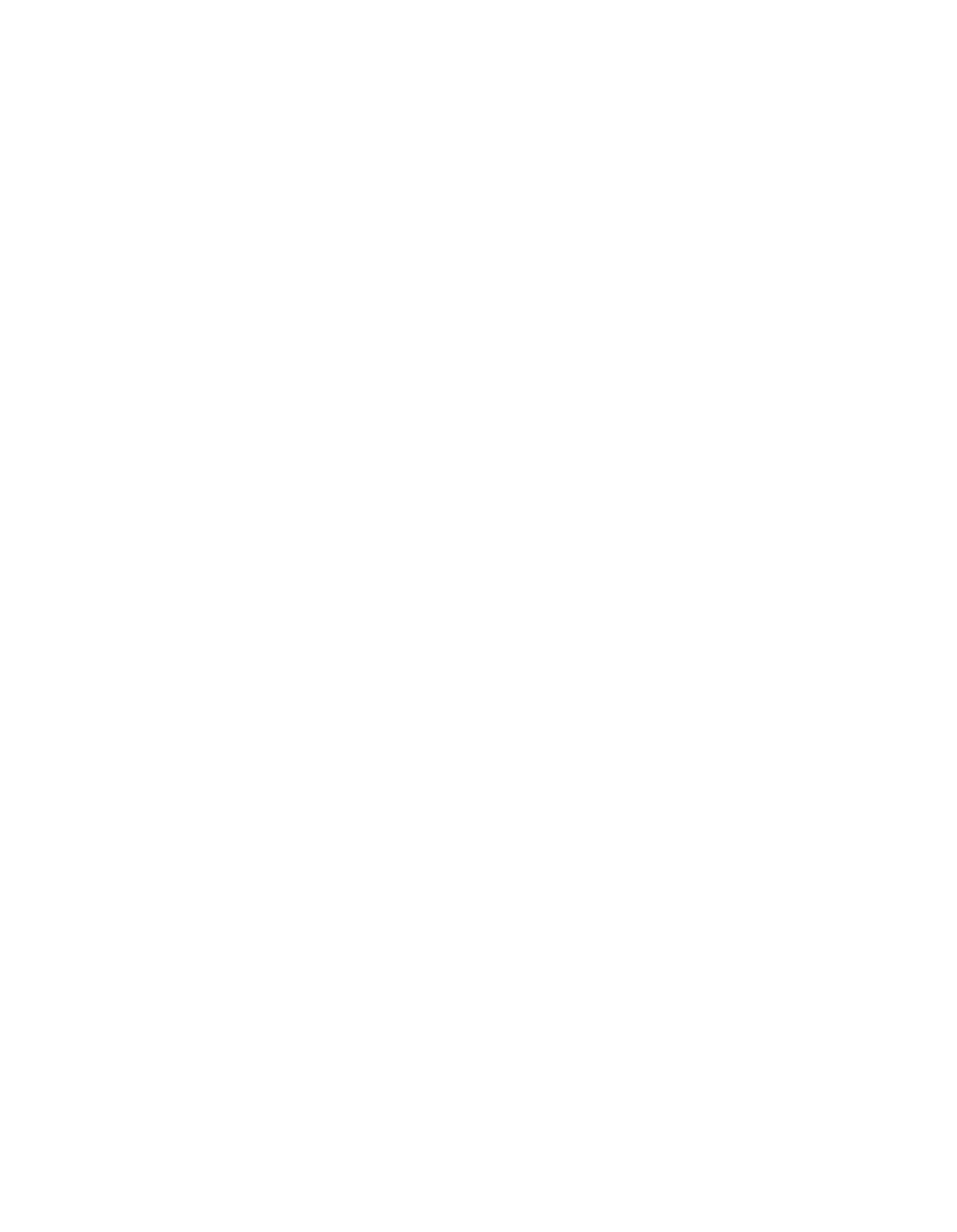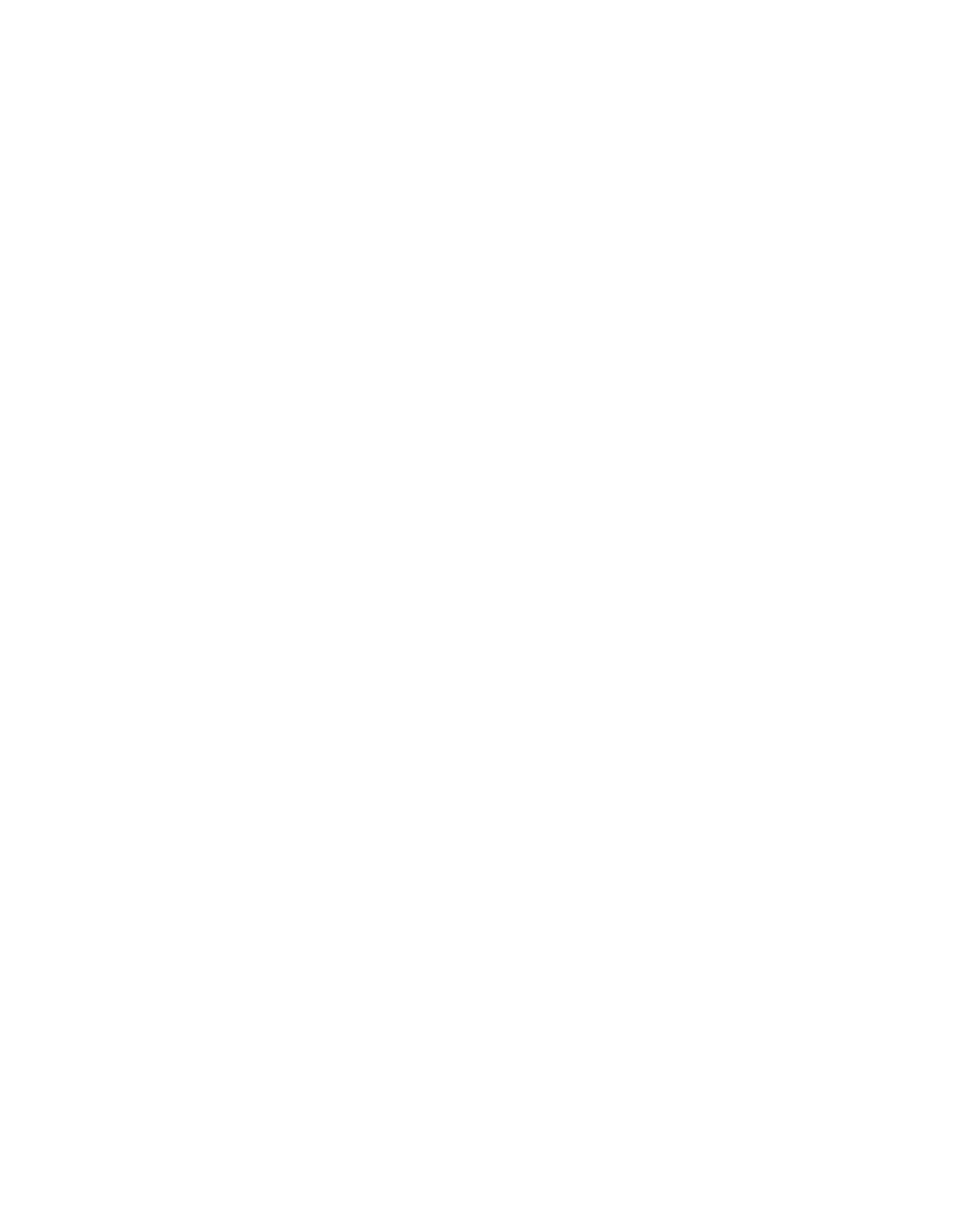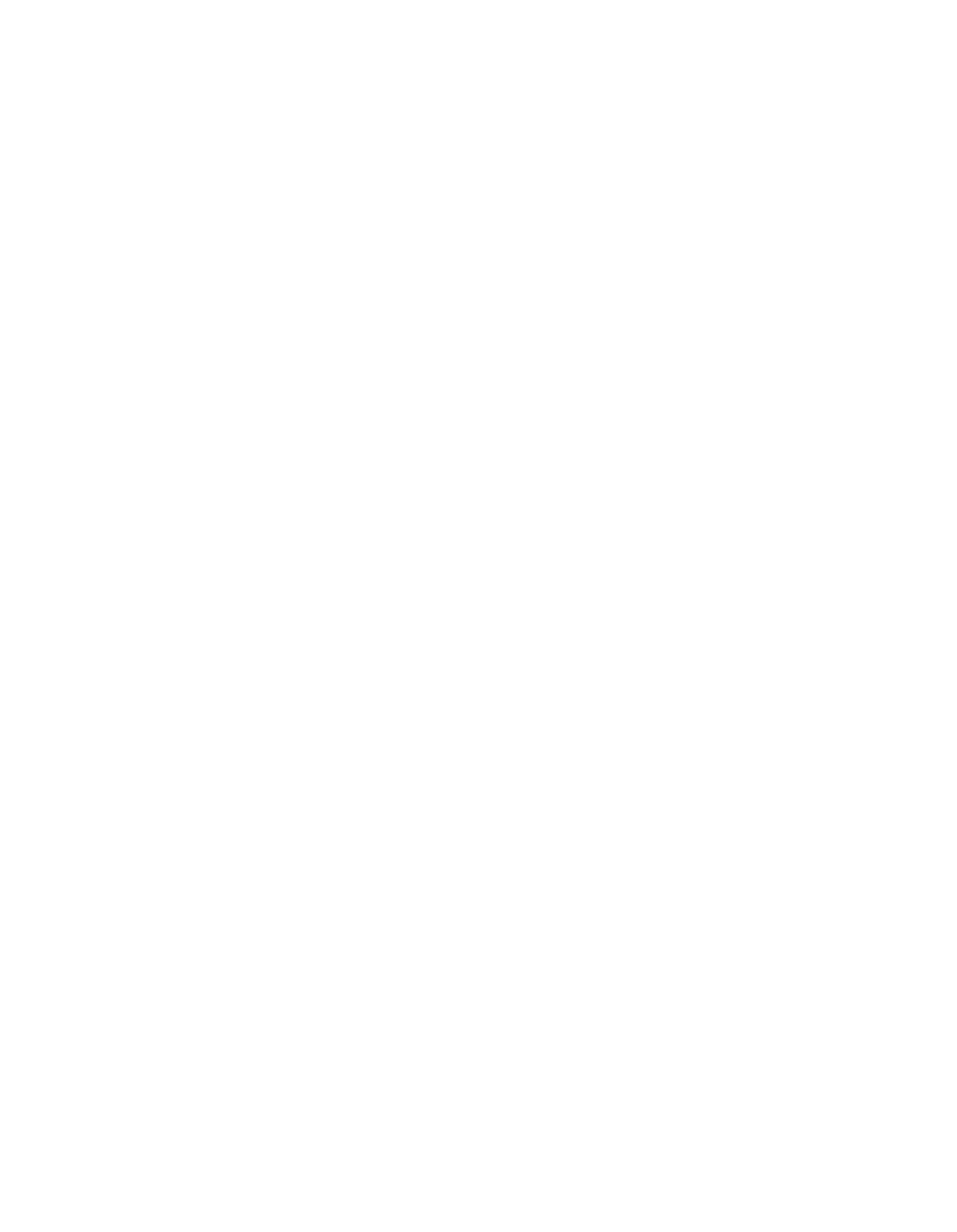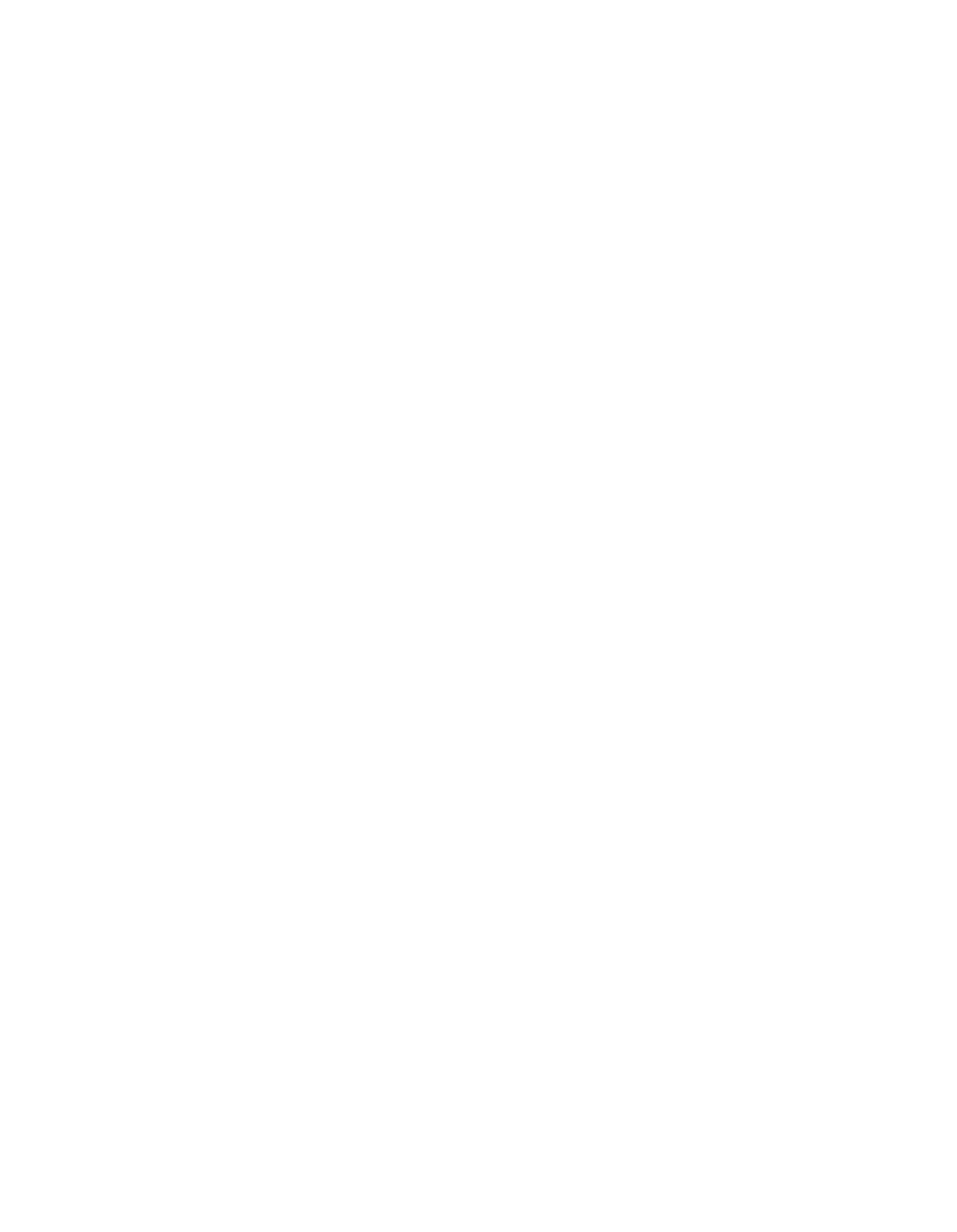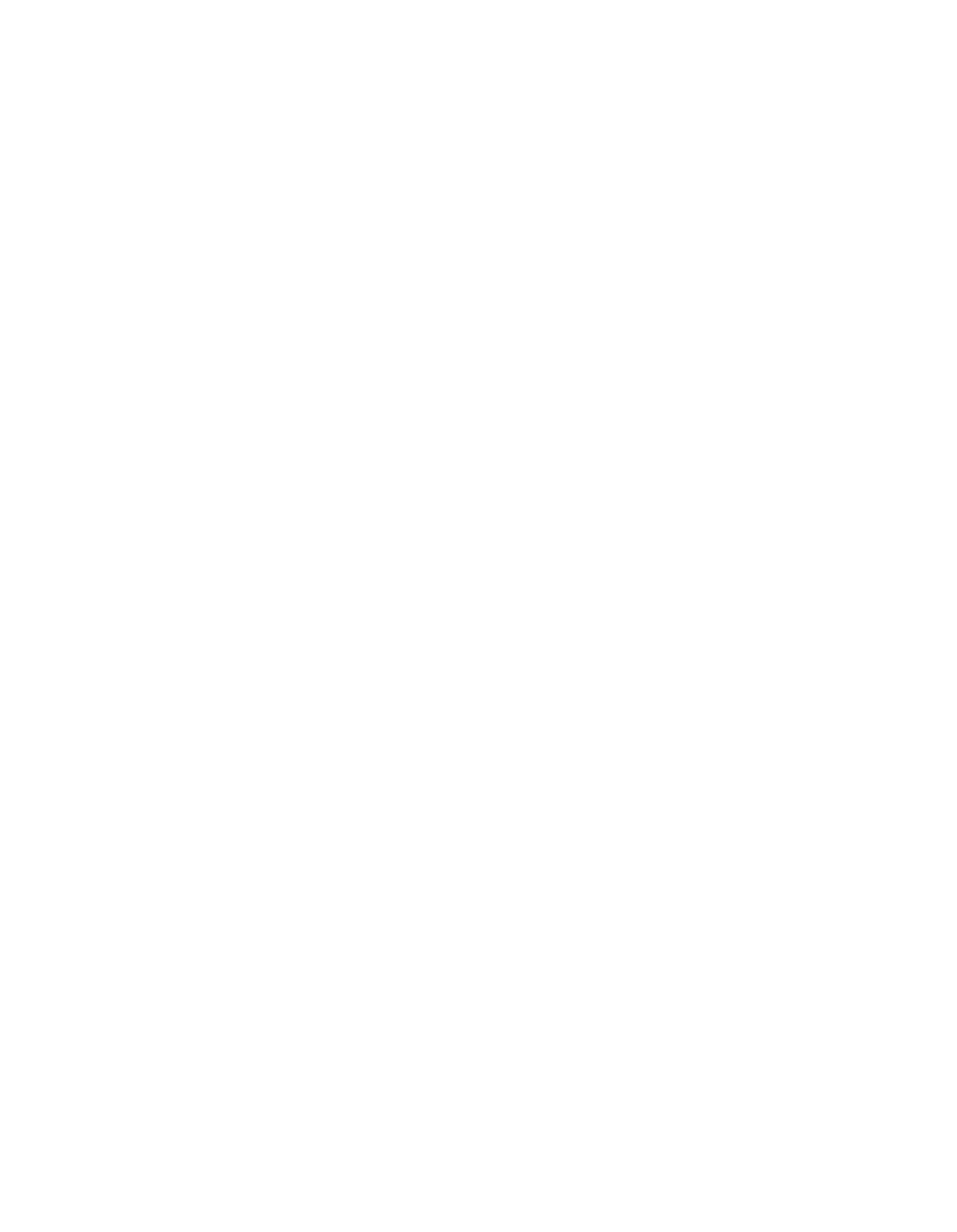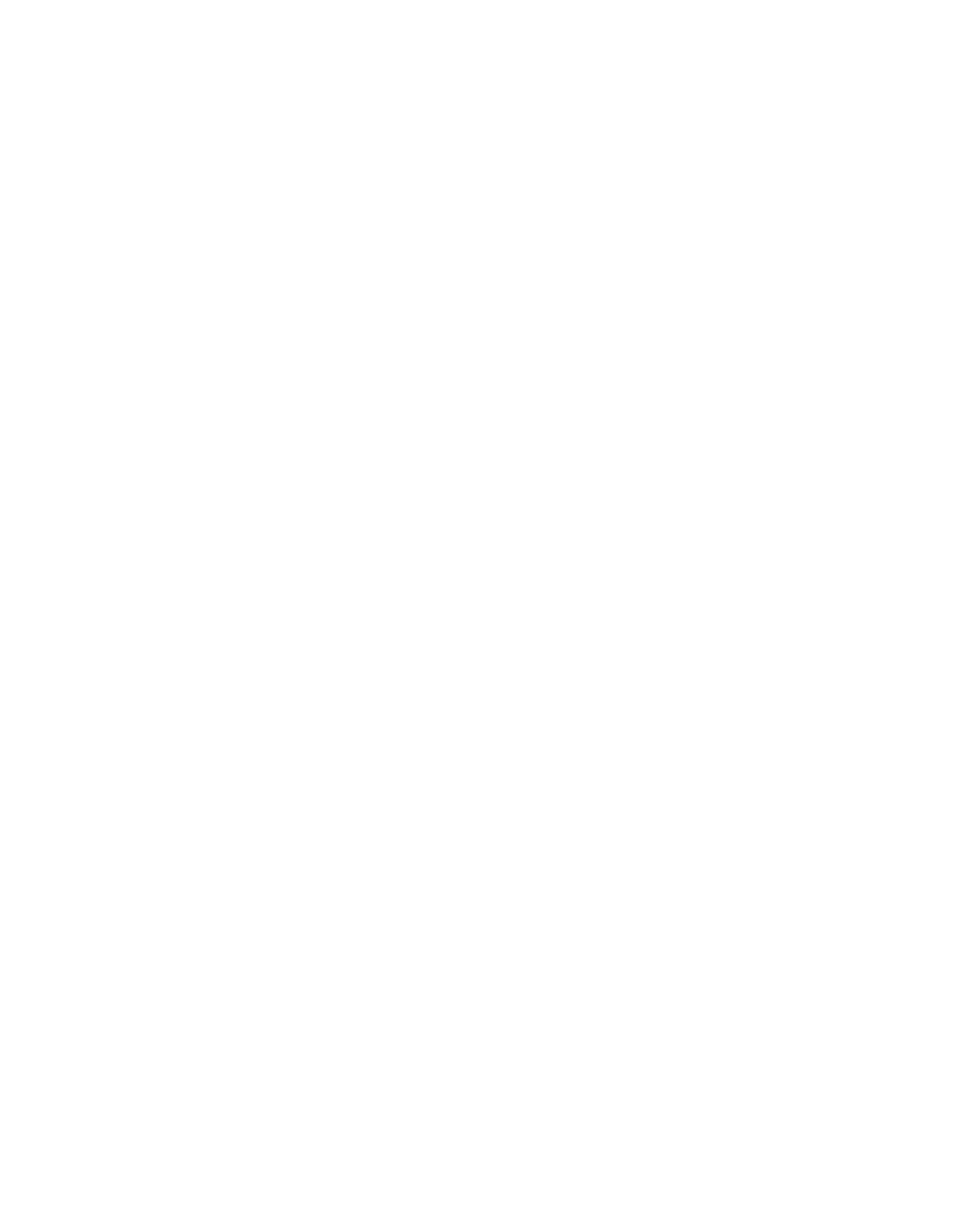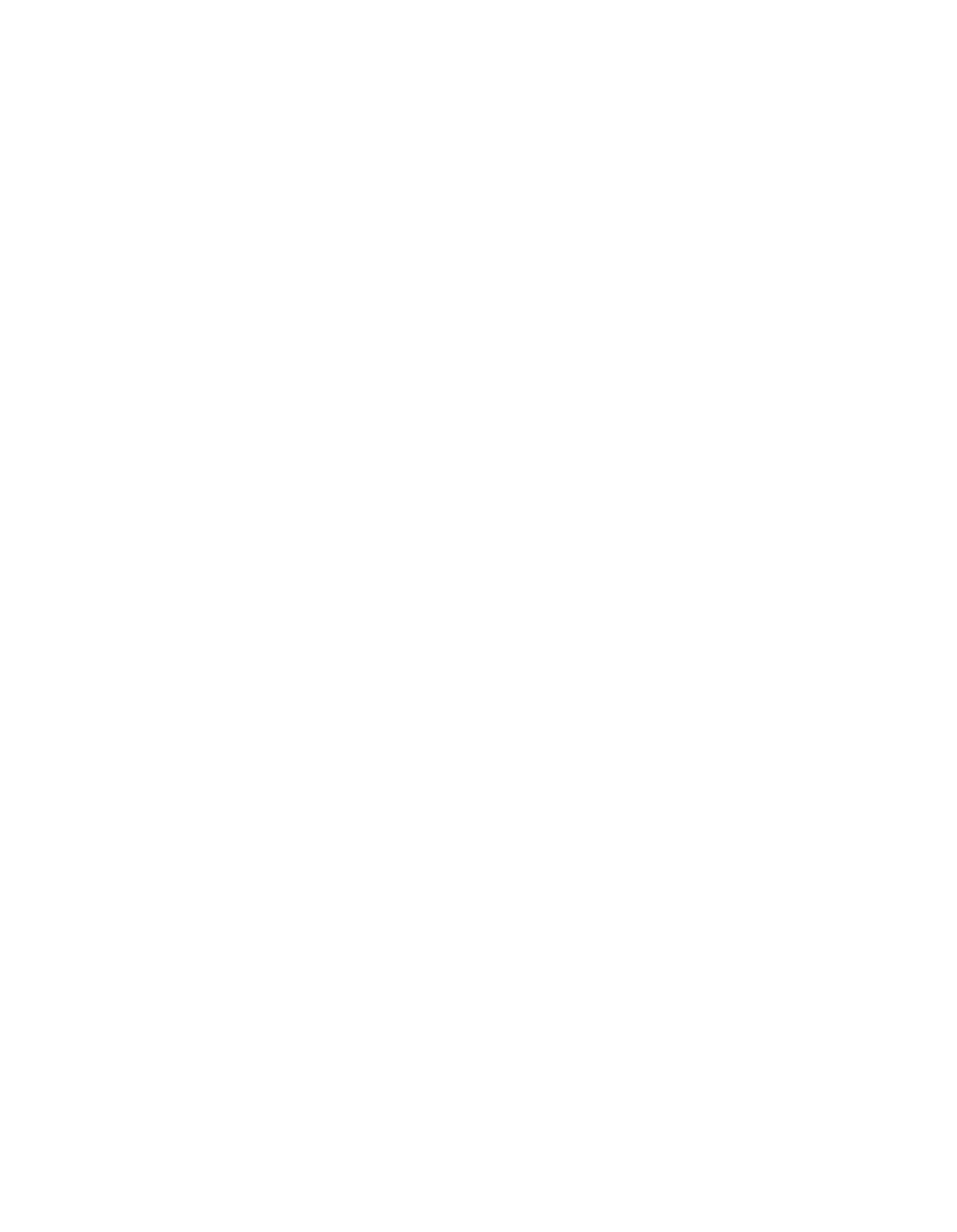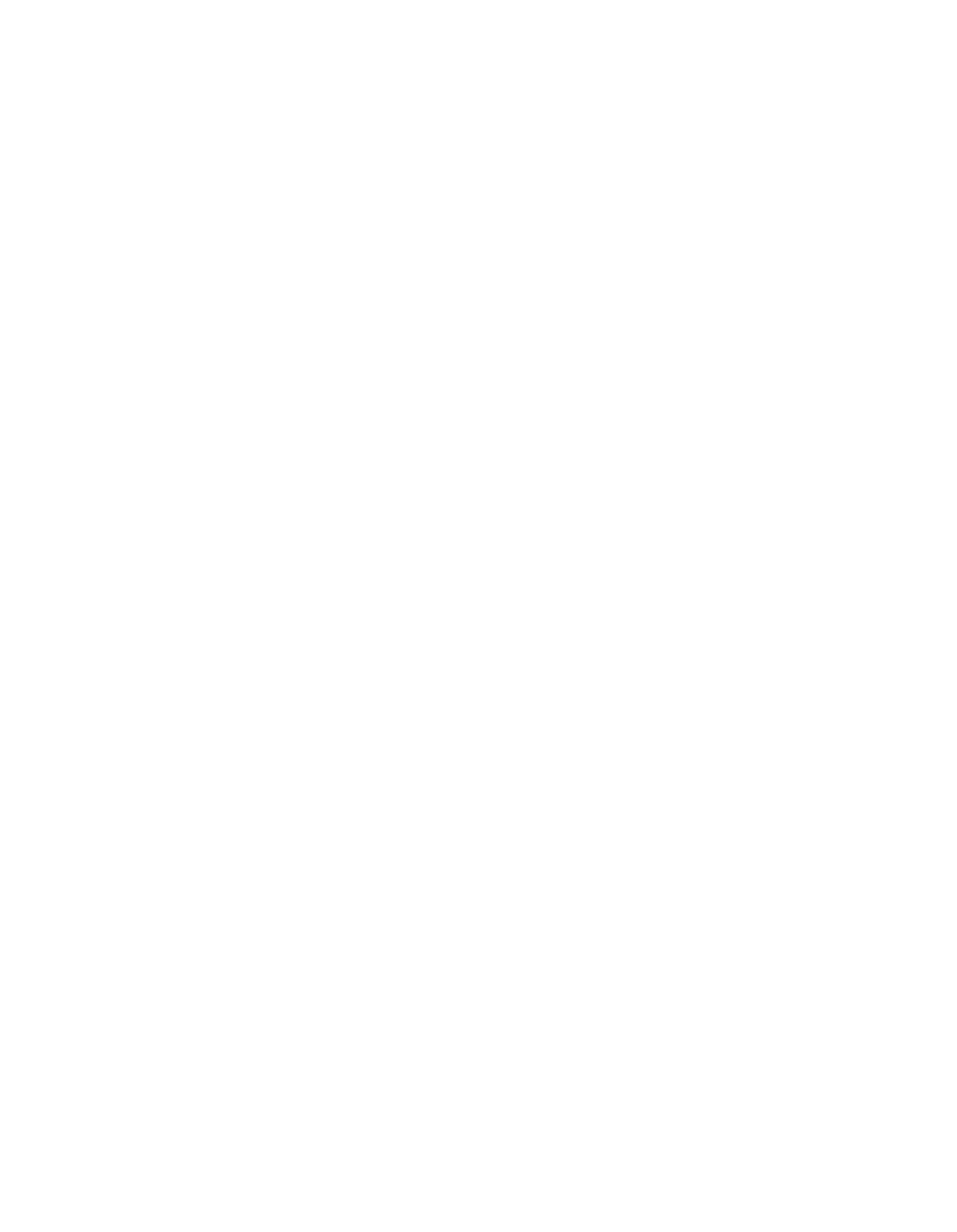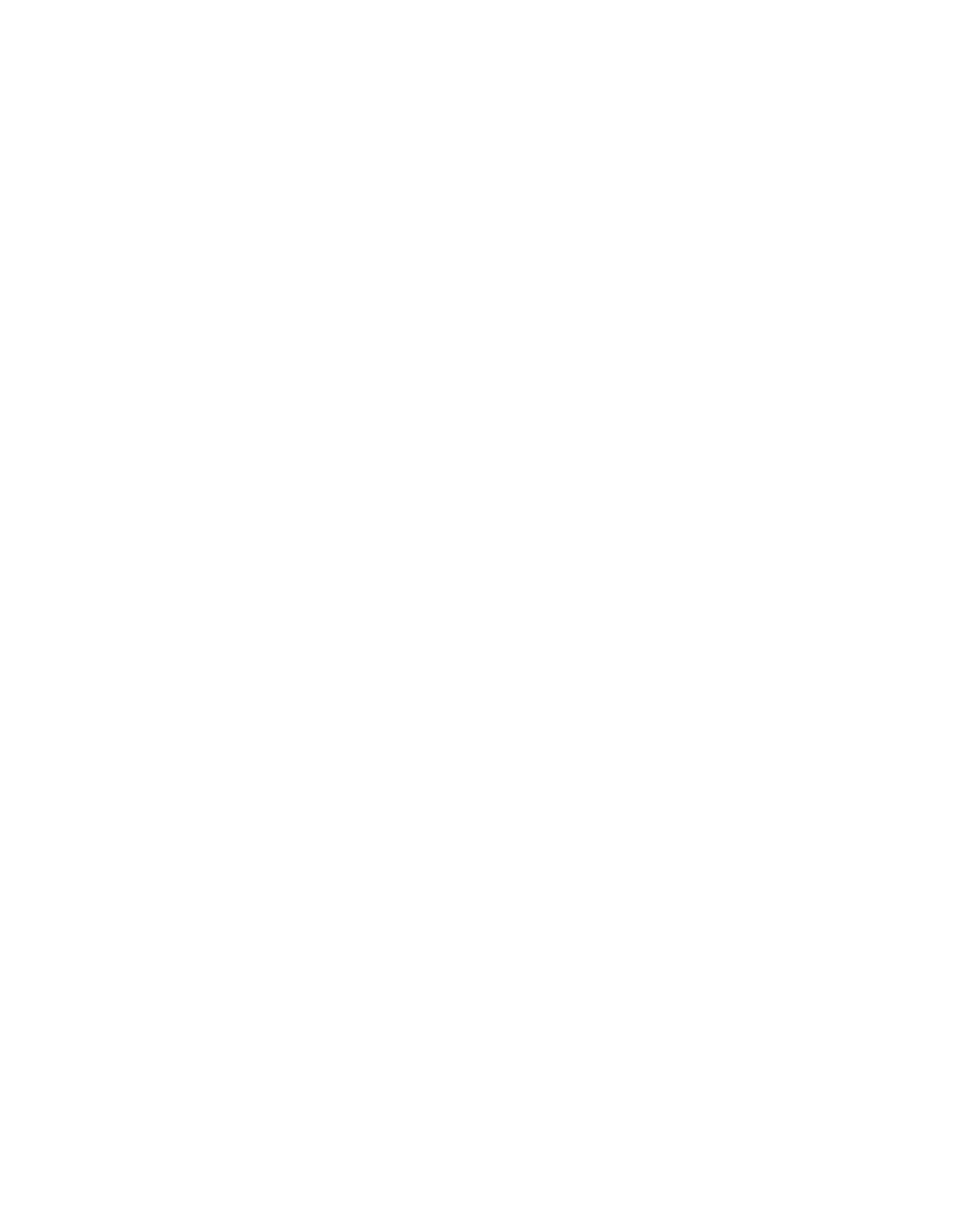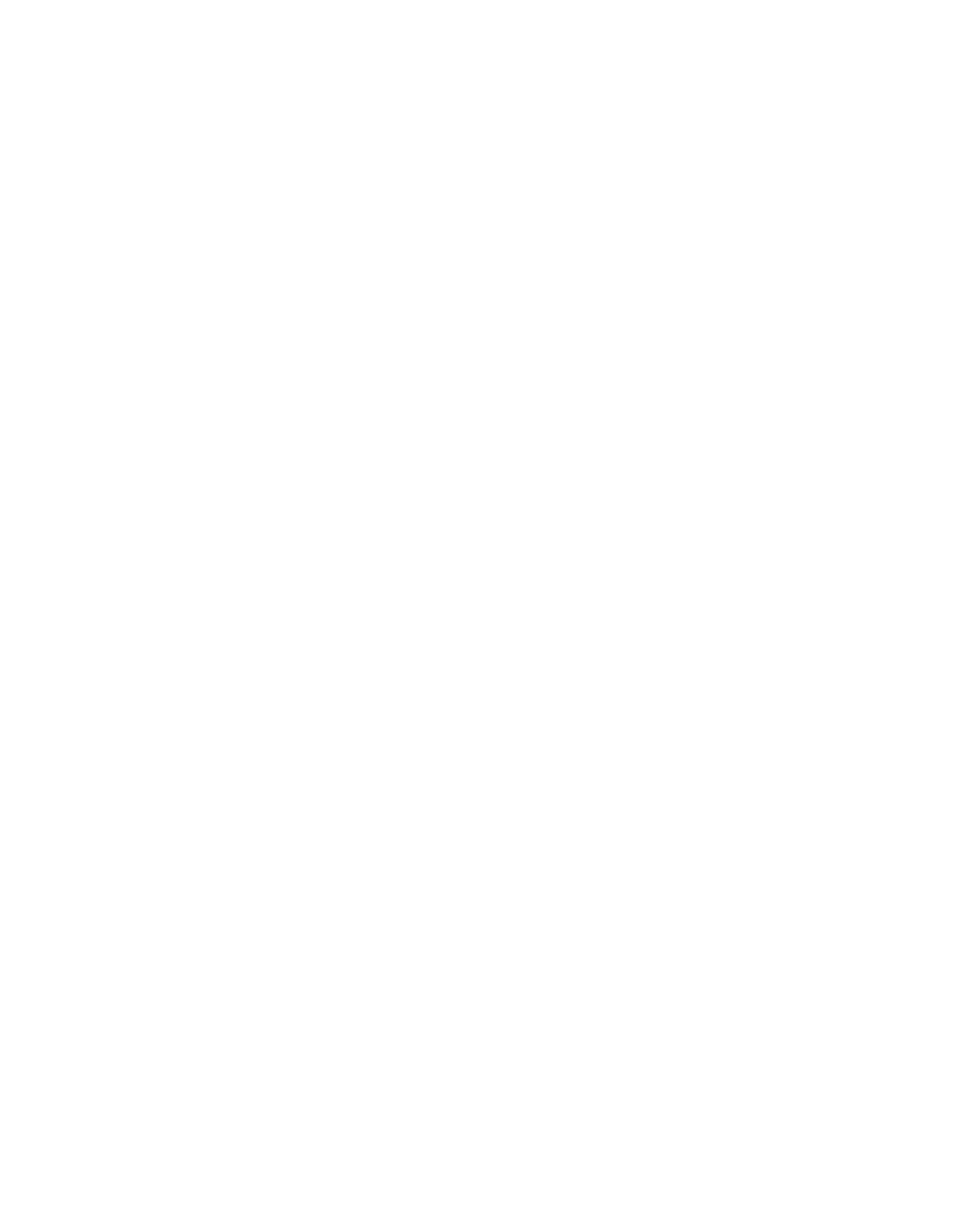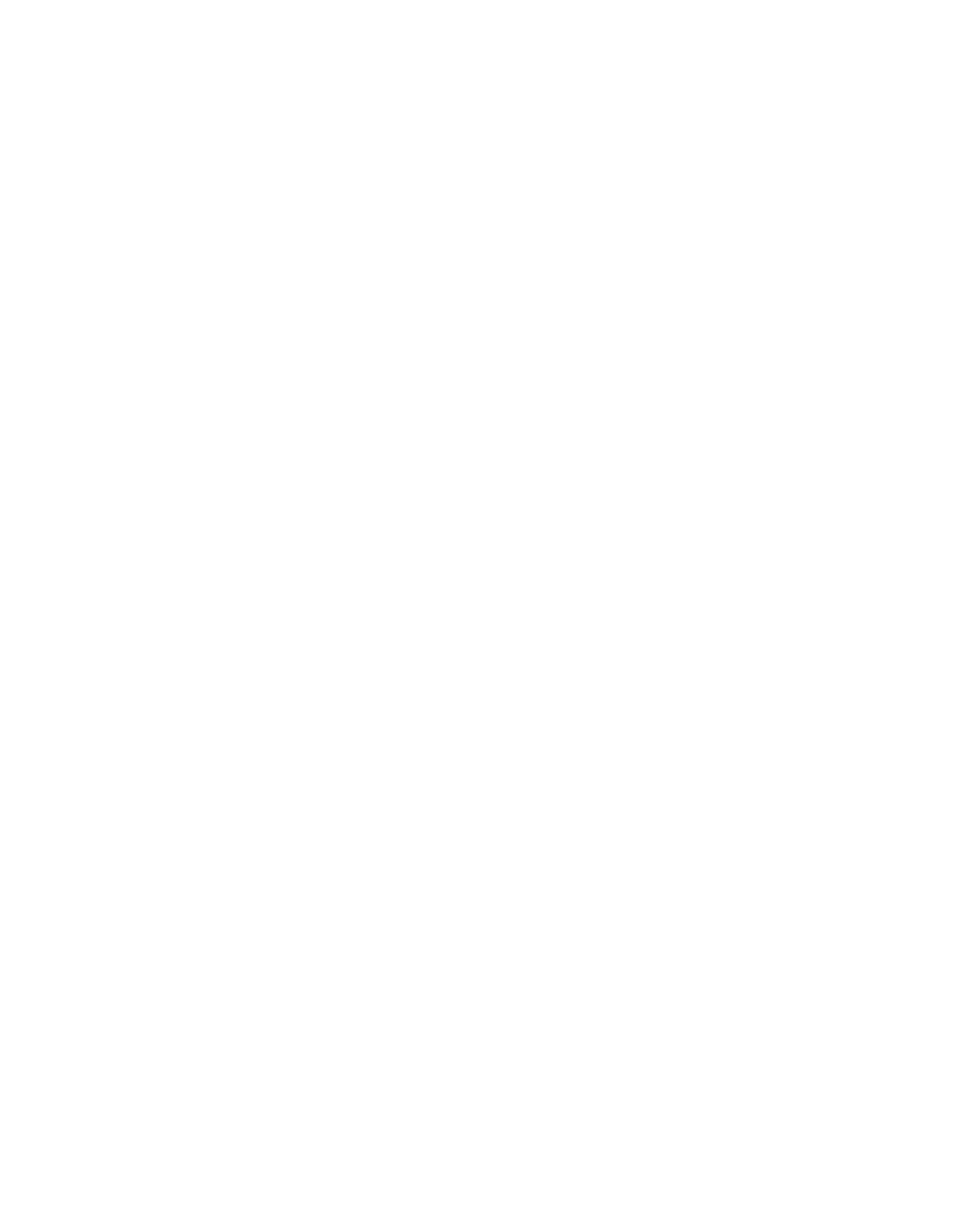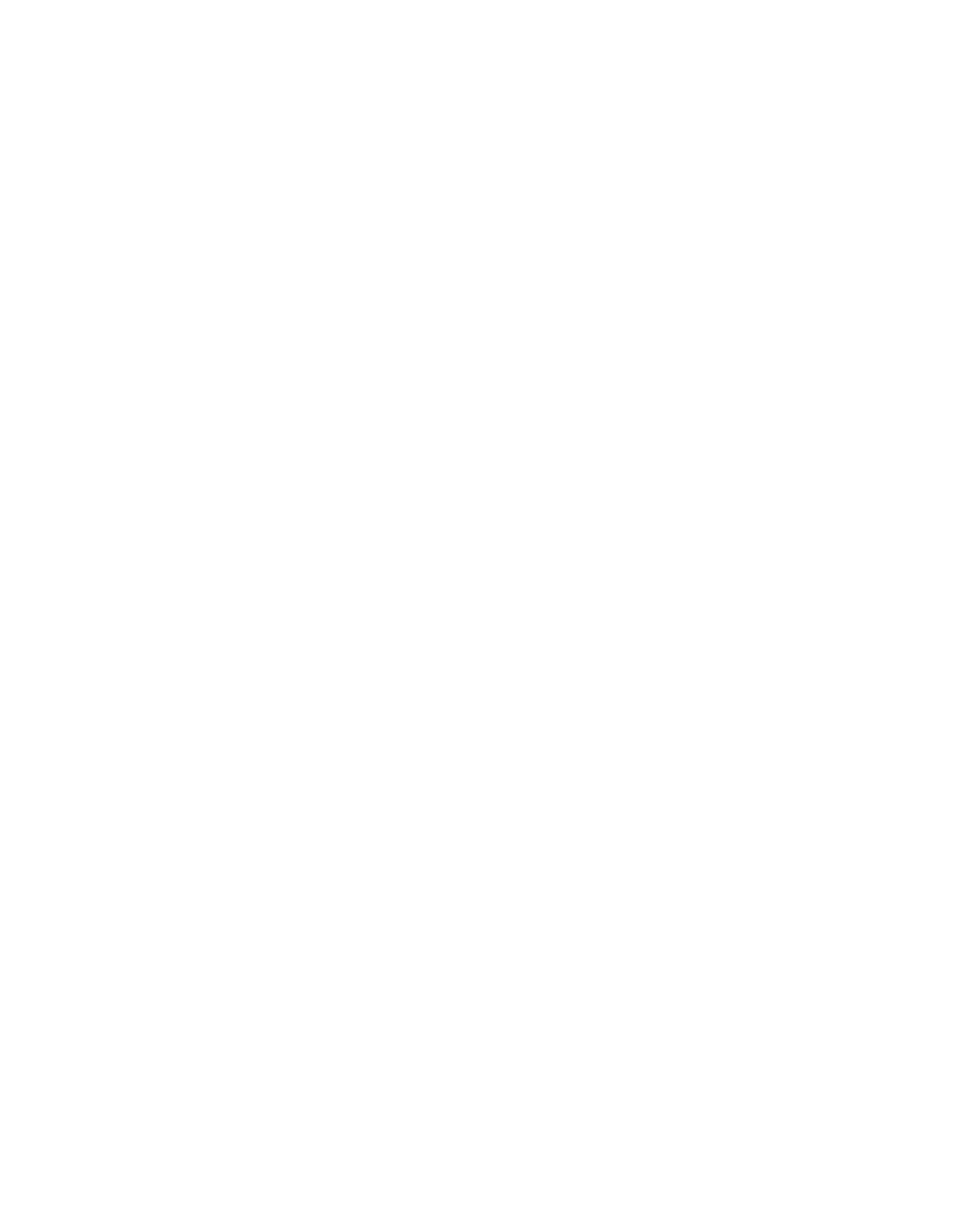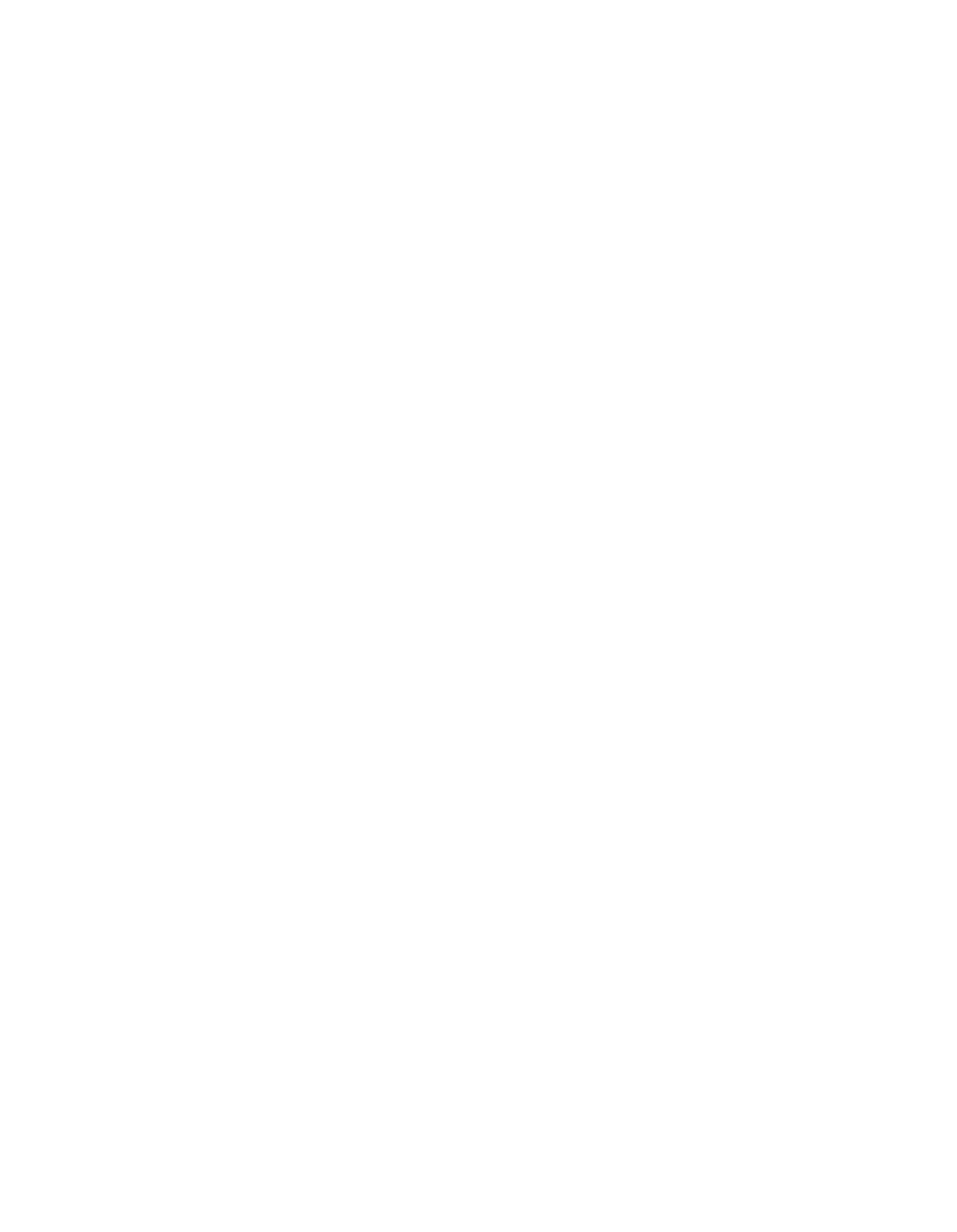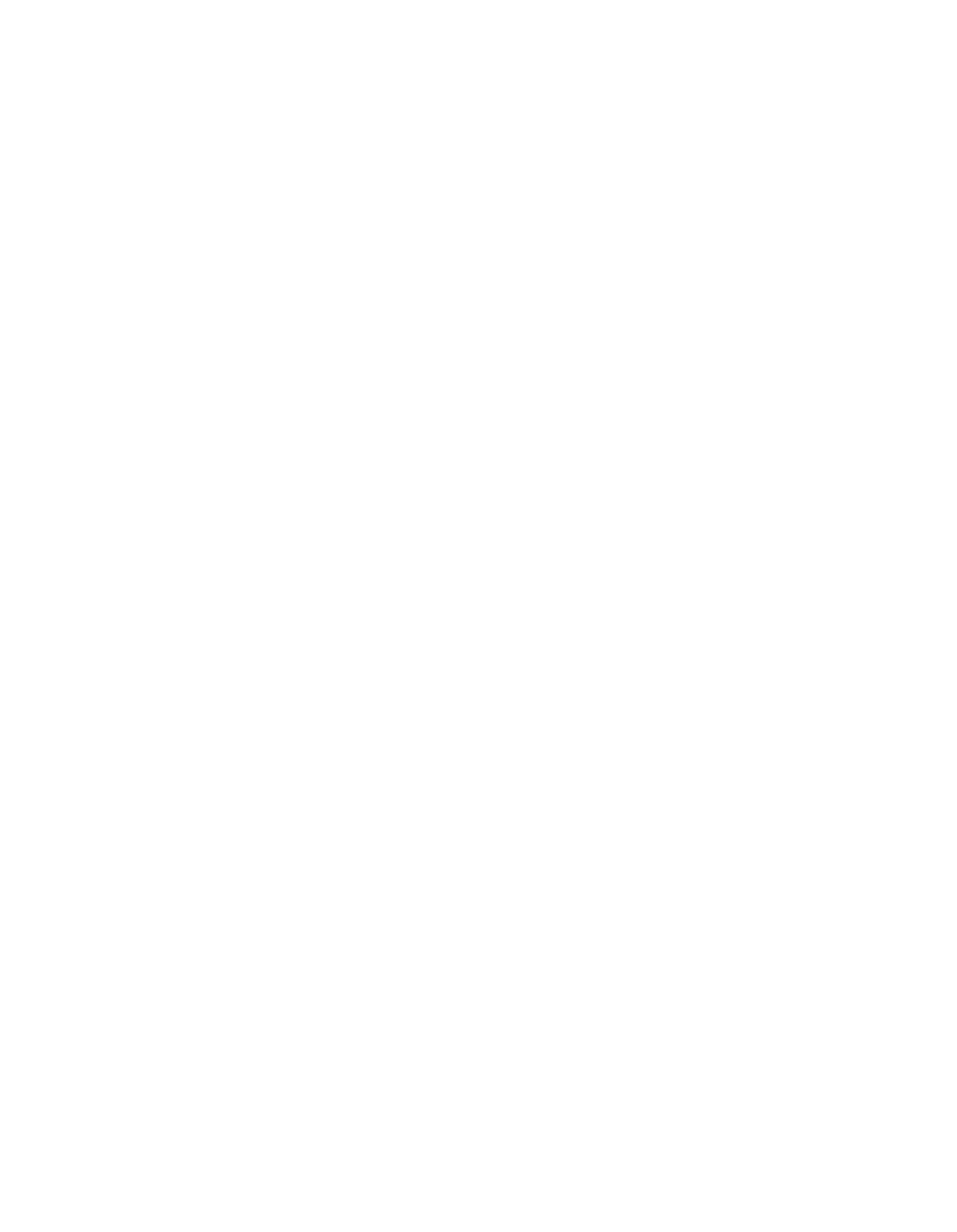ILLINOIS
POLLUTI ON
CONTROL BOARD
September
9,
1993
IN THE MATTER OF:
)
PROPOSED ANENDMENTS TO TITLE
)
35,
SUBTITLE F:
PUBLIC
)
R87-37
WATER SUPPLIES CHAPTER
1:
)
(Rulemaking)
POLLUTION CONTROL
BOARD
35
Iii.
Adm.
Code 608
CROSS-CONNECTION STANDARDS
Proposed Rule.
Dismissal Order.
OPINION AND ORDER OF THE BOARD
(by G.
T.
Girard):
On October 20,
1987,
the Illinois Environmental Protection
Agency
(Agency)
filed a draft proposal to amend the cross-
connection control regulations.
The purpose of these proposed
amendments to the Pollution Control Board’s
(Board)
public water
supply regulations
(35 Ill.
Adin.
Code.Subpart
F)
is to prevent
drinking water degradation by eliminating unprotected cross-
connections.
Cross-connections are actual or potential
connections between a potable and non-potable water supply.
Presently,
cross—connections are regulated by Section 607.104
(amended effective September 14,
1982).
The proposal,
filed by
the Agency,
attempted to clarify these regulations and would
repeal Section 607.104 concurrently with the final adoption of
proposed Section 608.
The Board’s responsibility in this matter arises from the
Illinois Environmental Protection Act
(Act)
(415 ILCS 5/1 et
seq.).
The Board is charged therein to udetermine, define and
implement the environmental control standards applicable
in the
State of Illinois”1.
More generally, the Board’s rulemaking
charge
is based on the system of checks and balances integral to
Illinois environmental governance:
the Board bears
responsibility for the rulemaking and principal adjudicatory
functions, whereas the Illinois Environmental Protection Agency
(Agency)
is responsible for carrying out the principal
administrative and enforcement duties.
The latter’s duties
include administering and enforcing regulations adopted by the
Board.
After a comprehensive review of the record, the Board
declines to send this proposal to second notice because the
record does not support adoption of this proposal.
This proposal
is dismissed and docket R87-37
is hereby closed.
Act at Section
5(b).
2
BACKGROUND
The Board initially
notes that the Agency began this
proceeding
in response to action taken by the Joint Committee
on
Administrative Rules
(Joint Committee).
The Joint Committee
found that the Board improperly delegated
its rulemaking
authority to the Agency.
This proposal is intended to fulfill an
agreement between the Agency and the Joint Committee.
(EcIS at
xi.)
The instant rulemaking was filed pursuant to Sections
4 and
28 of the Environmental Protection Act (Act).
Addenda or
amendments to the original proposal were filed by the Agency on
October
27,
1987,
May 17,
1988,
October 11,
1988, and May
1,
1989.
Unless specified otherwise,
references to the “Agency
proposal”
in this document refer to the last amended proposal
filed by the Agency (May
1,
1989)
On March
26,
1992,
the Board
invited public comment
to update the record.
On October
1,
1992,
the Board adopted
a substantive opinion
and order sending the proposal to first notice under the Illinois
Administrative Procedure Act (IAPA).
(Ill.
Rev. Stat.
1991,
ch.
127, par.
1001—1 et seq.)
The Board’s action caused the
publication of the proposal
in the Illinois Register and began
a
minimum 45 day public comment period under the IAPA.
The Board’s
proposal was generally similar to the last amended proposal filed
by the Agency,
but there were several differences which were
delineated
in the first notice opinion and order.
The Board also
proposed the repeal of the existing cross-connection control
regulations at 35
Ill. Adm. Code 607.104.
The record for making these regulations
included several
public hearings, extensive public comments,
and an
Economic
Impact Study
(EcIS)2.
Four public hearings on the proposal were
held by the Board: May 25,
1988
(springfield); Nay
26,
1988
(Chicago)
; April
11,
1989
(springfield)
; and May
1,
1989
(Chicago).
On August
4,
1988,
the Department of Energy and
Natural
Resources
(DENR)
filed
a
letter
with
the
Board
that
an
EcIS would be undertaken.
EcIS hearings were held on June 26,
1990
in Springfield,
and on June 28,
1990,
in Chicago3.
The DENR
filed the final EcIS on November
7,
1990.
Ninety-one public
2The
Board
notes
that
P.A.
87—860,
effective
July
1,
1992,
removed the EcIS requirement for this type of rulemaking.
However,
as
the
EcIS
has
been
completed
the
Board
will
consider
the
information
provided
in
the
EcIS
in
relevant
portions
of
the
opinion in evaluating the economic feasibility of the proposal.
3References to the transcripts are designated
as follows: May
25 and 26, 1988, hearings
—
“Tr.l at
.
.
.“;
April
11 and May 1,
1989
—
“Tr.2
at
.
.
.“;
and June 26 and 28,
1990, hearings
—
“Tr.3 at
.
.
3
comments were received by the Board between April
4,
1988,
and
May
29,
1992
(see Appendix A,
First Notice opinion).
The Board specifically requested participants to address the
following issues
in any additional comments filed with the Board
during first notice:
1.
Standards or criteria for conducting the
cross—connection control survey including
what specific information the Agency will
require to be included
in the survey as well
as what type of
information the Agency
is
currently collecting.
2.
Applicability of the proposed cross-
connection control requirements,
i.e.
is the
owner or operator responsible for carrying
out the requirements
(Section 608.301).
3.
Who determines the presence of high or low
hazard connections
(Section 608.302).
4.
The proposed retrofitting requirements
for
existing fire safety system connections at Section
608.305.
5.
Should multi-family residential dwellings be
exempted from the requirements
(proposed at
608.307).
6.
The definition of “low hazard connection” in
which the term “pollutant” was substituted to
insure consistent use of the word “pollutant”
throughout the Board’s regulation.
7.
Explain more fully what the term “national
consensus standard” means and explain why it
is
used.
8.
Supply addresses for each of the
organizations listed in Section 608.103 and
update the incorporations
in that section.
9.
Is the definition of “official custodian”
sufficient to ensure enforcement of the
proposed regulations?
10.
Is the definition
of
“public water supply
distribution system” appropriate to achieve the
goals of the cross-connection standards?
In addition to these specific areas the Board invited
4
comments to the proposal generally.
The Board received fifteen
additional comments after first notice began.
SUMMARY OF COMMENTS
PC #91
North Park Public Water District
(NPPWDJ
The NPPWD expressed concern regarding the proposed
administrative and record keeping requirements applicable to
water purveyors.
NPPWD suggested that since the owner of an
affected establishment
is responsible for maintaining the records
for the devices under the proposed regulations, the
administrative recordkeeping would be a simple extension of such
responsibility.
In addition, the comments note that such
a
change
in delegation of responsibility would result
in a cost
savings of $2.4 to
$7.2 million for water purveyors.
PC #92
Illinois Department of Commerce and Community Affairs
(DCCA)
The DCCA has stated that
it will not conduct further
analysis of the proposed regulations to determine the impact of
the regulations on small businesses unless
it is requested by the
Board or another entity.
PC #93
& #101
Richard H.
Solomon,
P.E.
Richard Solomon
(Solomon),
a fire protection engineer,
provided comments on three issues associated with the proposed
rulemaking.
First,
Solomon’s comments note that some of the
consensus standards incorporated by reference
in the proposed
regulations are not current.
The comment provides the citations
to the updated standards
(NFPA and UL).
Second,
Solomon voiced
concern regarding the implications of the State Mandates Act and
urged the Board to review the economic impact
of the proposed
regulation.
In
this
regard
the
comments
refer to the outcome of
a recent advisory referendum on the States mandates issue.
Finally, Solomon has expressed concern regarding the adoption of
similar cross-connection standards by two agencies
(the Agency
and Illinois Department of Public Health)
and suggested that in
order to make it easier for the regulated community,
only one
agency should have a CCC program.
In this regard,
Solomon
believes that the Agency would be the appropriate agency since
the regulations cover both existing and new activities.
Finally,
the comments note that the fire safety requirements at Section
608.304(b)
and
(c)
are not clear.
Solomon’s comments include
clarifying language changes.
PC #94
Administrative Code Division
The
Administrative code division provided
a list of
nonsubstantiVe
format
changes
that
must
be
incorporated
in
the
regulations to conform ~:iththe Code Unit requirements.
PC #95
Illinois Fire Inspectors Association
(Fire Inspectors)
The Fire Inspectors
provided comments regarding several
requirements in the proposed regulations.
Specifically,
one
issue raised
is the inclusion of requirements in addition to the
State Plumbing Code under Section 608.202(a)1)(A).
The comments
state that the additional requirements will result in code
officials working from two documents.
Further, the Fire Inspectors state that the fire safety
requirement at Section 608.304(c)
does not provide adequate
guidance as to the type of CCC device required when chemical
additives are employed by fire departments.
The comment notes
that chemical additives such as tank savers are used in water
tanks on fire pumpers.
Also, fire fighting foam, which is
metered
in to a fire house,
is used on an “as needed” basis.
The
Fire Inspectors have recommended that the Board retain double
detector check valves for such connections since the possibility
of any additives entering the water system is remote and such
additives are non—toxic.
PC #96
National Association of Water Companies
(NAWC)
The NAWC has expressed serious concern regarding the
proposed regulations and urged the Board to consider several
amendments to the proposed regulations.
The NAWC maintains that
the rules unfairly and unreasonably place burden on the investor-
owned water companies and that the rules are not justified on a
cost/benefit basis.
In addition, the NAWC has again discussed
the implication of the State Mandates Act
.
The NAWC’s also
raised concerns regarding specific requirements of the proposed
rules including the differences between the investor—owned water
supplies
(lOWS)
and municipal-owned water supplies
in adopting
the proposed regulations.
In particular,
the NAWC maintains that
lOWS do
not have control over rates and rules of service which
are determined by the Illinois Commerce Commission.
Also,
the
lOWS do not have legal authority or responsibility regarding
customers’
facilities and water usage within customers’ premises
and the lOWS do not have companion “municipal” type functions
such as enforcing plumbing code,
issuing occupancy permits,
etc.
The NAWC further asserts that the requirements of Section
608.202 are unfair,
illegal and discriminatory since the Board
has no legal authority to order lOWS to adopt tariffs or
conditions of service.
The NAWC
asserts that the Public
Utilities Act gives the Illinois Commerce Commission exclusive
authority over such requirements.
In addition,
the NAWC
maintains that the lOWS cannot adopt
or enforce plumbing codes
and therefore,
unlike municipalities,
they will
be forced to
6
require
backflow
prevention
devices
at
service
connections.
The
NAWO
expressed concern with the definitions of
“public
water supply distribution system” and “official custodian”.
NAWC
also pointed to specific concerns with the language proposed in
Sections
608.202
and 608.302.
PC #97
Village of Downers Grove
The Village
of Downers Grrve
(Downers Grove)
voiced concern
regarding certain definitions and the cross—connection control
program requirements under Subpart
B.
The comments note that the
definitions of
“high hazard connection” and “low hazard
connection” at Section 608.102 are vague.
Downers Grove states
that for enforcement purposes,
the regulations must provide
additional guidelines to assist the municipalities in hazard
determination.
The comment notes that the proposed definitions
allow too much discretion to the water purveyors and therefore,
may be subject to legal challenge.
Downers Grove states that the requirement at Section
608.202(a) (1) (B) that customers provide proof that their water
system
is
in compliance with the Illinois State Plumbing Code
is
unclear.
Specifically,
the comments point out that:
the usage
of the term “customer’s water supply” creates confusion since it
is not defined in the regulations; and the requirement does not
provide any guidance as to what constitutes “proof” of compliance
with the plumbing code.
Regarding the proof of compliance,
the
comment motes that if the intent is to require an inspection of
the plumbing system,
this requirement would impose enormous
burdens on the manpower and financial resources of the
municipalities.
The village also notes that a
requirement at Section
608.202(a) (4)
that public water supply terminate service to any
customer
who
fails
to
comply
with
the
condition
of
service
may
be
subject to legal challenge.
The village maintains that
constitutional and other individual rights theories may null any
argument the village could make for requiring such a condition of
service.
Further,
Downers Grove notes that it will have to bear
any legal expense associated with the condition of service.
PC #98
The Illinois Environmental Protection Agency
(Agency)
The Agency addressed
a number of issues associated with the
proposed cross-connection control regulations.
The comments
indicate that,
for the most part, the Agency concurs with the
changes adopted by the Board
in the First Notice regulations.
However,
the Agency’s comments express concern regarding certain
requirements relating
to the fire safety systems.
In addition,
the comments address the specific issues identified
in
the
Board’s
First
Notice
opinion.
The Agency’s comments voice concern regarding the existing
fire safety system requirements adopted by the Board.
The Agency
notes that the Board did not consider an important recommendation
of the AWWA Manual Ml4
in not retaining the application of DDCVA
for existing fire safety systems
at Section 608.305.
The Agency
points out that
AWWA
Manual M14 requires the installation
of a
backf
low prevention device between the water suppliers
distribution system and the fire safety system when the fire
safety system piping material
i~
not an acceptable potable water
system material.
The Agency suc~eststhat the Board retain the
requirement for installation of
a
DDCVA.
In addition the
Agency’s comments note that purpose of the alarm valve
is to
notify someone immediately of
a backflow event so that
appropriate measures may be undertaken.
The Agency notes that the ordinances and conditions of
service requirements at Section 608.202 (a) (1) (B)
and
(a) (1) (C)
are confusing.
The Agency believes that,
as written, the
requirements may be construed as allowing high hazard connections
by either providing documentation that plumbing is installed in
accordance with the plumbing code or installing
a backflow
assembly on the service connection.
The Agency’s comments again address the implications of the
State Mandates Act on the proposed regulations.
Essentially, the
Agency restates that the proposed regulations do not contain any
service mandates since the proposed rules constitute the
reenactment of the Agency technical policy statements adopted
prior to the effective date of the State Mandates Act under the
existing
Board
regulations.
The Agency notes
that
the requirement that the annual
inspection be carried out by a cross—connection control device
inspector under Section 608.302 (a) (2) (C) may not be consistent
with the Illinois Plumbing License
Law,
since the law allows any
licensed plumber to
conduct
plumbing
inspection.
PC #99
City of Springfield
The City of Springfield
(Springfield)
voiced concern
regarding the implementation of CCC program requirements
(608.Subpart B)
and the installation of CCC devices (608.Subpart
C).
Essentially, the comments note that the cost of implementing
the proposed regulations will be very high and would result in
large rate increase.
Springfield’s comments are summarized
below:
a)
The comments note that the conditions of service requirement
at Section 608.201(a)
(1) (B)
is
not clear.
Specifically,
the
comments
notes
that
the
usage
of
the
term
“proof”
is
vague.
Since
“proof”
is
not
defined,
Springfield
believes
that
a
third party,
such as
a cross-connection control device
8
inspector
or
a
licensed
plumber
must
provide
certification
that
a building
is plumbed in
accordance with the IPC.
The
comments estimate the cost of compliance with this
requirement
to
be
$3.5
million,
based
on
an inspection cost
of $75 per connection and
46,000 connections.
Springfield
questions the value of the information considering the cost
involved
in obtaining such information.
b)
Springfield’s comments express concern regarding the CCC
survey requirements at Section 608.202(b)
and
(c).
The
comments note that it would be physically impossible for its
personnel to conduct
a door—to--door type survey every 24
months.
Further,
the comments note that
a survey done from
the records maintained by the purveyor would be of little or
no value for cross-connection purposes.
Springfield
maintains
that
the only viable alternative to comply with
the survey requirements would be to mail
a questionnaire.
The comments estimate the cost of complying with these
requirements to be $150,000 per year, which would include
five full—time employees,
office space, and
a vehicle.
C)
Springfield’s comments
voice concern regarding the hazard
determination requirement at Section 608.302(a)(3).
The
comments note that the proposed definitions
of the terms
“high hazard” and “low hazard” do not provide adequate
guidance to the water suppliers to make the hazard
determination.
Further,
the comments note that it would
require at least
3 full time employees to implement this
requirement.
Springfield has estimated the cost of the
hazard determination program at existing connections to be
over $150,000 per year until the initial survey
is
completed.
The ongoing cost to continue the program has
been estimated to be $50,000 to $100,000 per year.
Additionally, the comments estimate the minimum consumer
cost of installing
CCC devices to be $1.8 million,
based on
the assumption that
50 percent of the 3000-4000 commercial,
industrial,
and
institutional
establishments
would
require
either
a RPZ principle device or
a double detector check
Valve assembly.
d)
Springfield notes that according to the EcIS,
the proposed
regulations have no benefits to balance the cost.
Further,
the comments note that the implementation of the proposed
regulations would result
in
a large rate increase since the
estimated annual cost of the CCC program would exceed 10
percent
of the department budget.
Finally,
the comments
note that its water supply will not be protected from cross—
connection contamination unless the proposed regulations are
enforced by a State Agency on State of
Illinois
establishments since such establishments are exempt from
city ordinances.
9
~cjioo
DuPage Mayors
and Managers Conference
The DuPage mayors conference which represents over 800,000
residents of DuPage county expressed serious concern regarding
the proposed CCC regulations.
The comments note that the
municipalities represented by the conference will be severely
impacted by the regulation as proposed.
Regarding the specific
aspects of the proposed regulations, the comments ask the Board
to consider the issues raised by the Village of Downers Grove
(PC
#97)
PC #101
Richard
H.
Solomon,
P.E.
(See PC #93)
PC #102
Mary Lou Cowlishaw
This comment
is addressed to the Board by State
Representative Cowlishaw of the 41st District.
Essentially,
Representative Cowlishaw requests the Board to send her a copy of
the Board’s response to Richard Solomon’s comments
(PC #101).
Representative Cowlishaw also requests the Board to enlighten her
as to why the Agency,
Illinois Department of Public Health and
the Board are engaged in duplicative activities regarding cross-
connection control.
PC #103
AWWA
Illinois Section
-
Small Systems Regulatory
Subcommittee
The AWWA’s Small Systems Regulatory Subcommittee
(AWWA)
expressed general concerns regarding the proposed regulations and
provided comments on the issues identified
in the Board’s First
Notice opinion.
The AWWA’s comments note that even though small
systems have
a relatively smaller number of high hazard
connections, the need to make the initial survey and maintain
records
will
require
additional funding.
The comments request
the Board
to clarify the definition of
“Public water supply
service line”
and add the definition of “Private water supply
line” to reflect the extent of the PWS.
The comments recommend
that the point of
installation of the CCC device should be as
close as practicable to the entry point
to the private water
service line.
Regarding the specific issues identified
in the Board’s
opinion,
the
AWWA’s
comments indicate that it agrees for the most
part with the proposed requirements.
PC #104
City of Greenville
The City of Greenville
expressed serious concern regarding
the proposed requirement that all PWS adopt and implement an
active CCC program.
Particularly, the comments note that
10
inspecting private plumbing systems and testing backflow
preventers will result in
a high cost burden on the
municipalities, which may constitute
a State reimbursable
mandate.
In this regard,
the City of Greenville states that
under the State law (225 ILCS 320) municipalities will have to
hire licensed plumbers to inspect private plumbing systems.
Also,
the comments note that the proposed regulations will shift
the authority and responsibility to enforce the State Plumbing
Code from the Illinois Department of Public Health to local units
of government.
PC
#105
Illinois
Municipal
League
The Illinois Municipal League
(League), which represents
over 1000 municipalities in the State,
expressed serious concern
regarding the proposed regulations and urged the Board to
withdraw the proposal.
The issues raised by the League’s
comments are summarized as follows:
a)
The League states that the Board has no statutory authority
to require local governments to adopt an ordinance.
The
comments note that the Board may adopt
a state regulation
requiring municipal governments or water users to comply
with the provisions of the regulation,
but the Board may not
require municipalities to adopt ordinances to implement or
enforce a set of state regulations.
The League notes that
the implications of the proposed requirement relating to the
adoption of ordinances by PWS are clearly unconstitutional.
b)
The comments note that the proposed requirement at Section
608.202(a)
that requires municipalities to adopt the
Illinois Plumbing Code exceeds the Board’s statutory
authority.
The League asserts that there is no state law
that requires the adoption of the state plumbing code by
municipalities.
However, municipalities have the option to
adopt the plumbing code.
c)
The League questions the Board’s position regarding the
implications of the State Mandates Act
(SMA).
The comments
note that the
SMA
requires all state agencies and the
General Assembly to comply with the Act.
Further,
the
comments state that
if the Board ignores the dictate of the
SMA,
its regulation may be
without force of law and declared
invalid.
The League also notes that it disagrees with the
Agency’s position that the proposed rule is exempt from the
SMA
because
it is
a re-enactment of
a presently existing
rules adopted prior to the effective date of the SMA.
d)
The League states that the Board has not fully complied with
its statutory mandate under the Environmental Protection Act
to
consider
the economic reasonableness when adopting
regulations.
In this regard,
the comments
note that the
11
Board
has not given due consideration to the issues of costs
and benefits as addressed by
the
EcIS.
DISCUSSION
The Board will not attempt to recite the specifics
of all of
these arguments presented
in this rulemaking.
It is not
in fact
any one argument that persuades the Board of
the correctness of
today’s action,
but rather their sum.
Neither will the Board attempt to summarize the issues and
observations of all the participants in the quite extensive
record
in this proceeding;
interested persons are directed to the
record itself.
Several issues bear note and a discussion of
these issues
follows.
Economic Reasonableness
The economic information provided
in the EcIS as well as
by
the
participants
indicates
that
the cost of implementing the
requirements of this proposal are significant.
Mr. Douglas Kane,
who assisted
in the preparation of the EcIS,
testified at the
EcIS hearing that 28 municipalities were contacted to get
estimates of the cost of implementation of the rules.
(Tr.3 at
26—27.)
Mr. Kane testified that only one of the municipalities
had done an extensive study of the costs while six municipalities
gave “educated guesses”.
The remaining communities only made
general comments that it would be expensive to implement.
(Tr.3
at 28.)
Specifically Mr. Kane testified that Galesburg was the
only municipality which had presented the issue to the planning
department and performed
a comprehensive cost estimate for
implementing these rules.
(Tr.3 at 29.)
Mr. Kane stated:
Their
Galesburg~
conclusion
was
that
the
first
year
start-up
costs
for implementing the proposed rules
would be $80,000 for a system that has 12,000 customers
and that the ongoing annual costs would be $40,000.
If
you put that out,
to extend that,
that comes to $6.50
a
connection for the first year start-up costs and about
$3.25 for the annual costs.
The
other municipalities
that
we talked to,
City
of Springfield indicated that
the ongoing costs would be in the neighborhood of
$50,000.
North
Chicago
said
that perhaps
$10,000
initially.
Glencoe, that has all residential
connections,
said that
a survey would
cost them about
t$J
1,200.
Peoria indicated that the ongoing
costs
would be somewhere
in the neighborhood
of $62,000.
Macomb estimated that its costs would
be $5,000.
Decatur, that its ongoing costs would be $30,000.
The
12
rest
of the municipalities indicated that they had
either not looked
at the subject yet or that they
didn’t have any idea
of what
it would cost them.
(Tr.3
at 29—30.)
Mr. Kane stated that they used that
information to estimate
the broad range in the EcIS of annual start-up costs of
$3
to $5
per customer and $1 to $3 for the ongoing annual costs.
(Tr.3 at
30.)
The estimated cost to water purveyors of this regulation,
according to the EcIS,
is $22 million to $57 million over 10
years.
(EcIS at xv.)
The Agency did point to several problems
in the EcIS,
including the fact that the information from the municipalities
was estimated.
The Agency also indicated several problems with
the EcIS regarding the state mandates issue which will be
discussed in more detail later
in this opinion.
The Board agrees
that the EcIS did not provide specific information on the costs
of the program and the EcIS did not fully address all the issues.
However, the cost of implementing this program is still
substantial.
The
City
of
Springfield
provided
updated
economic
information in its December 18,
1992,
public comment.
(PC 99.)
Springfield asserts that the cost of having
a cross-connection
control device inspector or a licensed Illinois plumber certify
that a building’s plumbing
is done in accordance with the
plumbing code,
to comply with proposed Section 608.201(a) (1) (B),
will cost the owner between $50 and $100.
Further,
if
a device
must be installed thecost would range between $300 and $6000,
for
a potential cost of over $3.5 million in Springfield.
(PC 99
at 1-2.)
Springfield estimates that the cost of performing and
upkeeping
a survey of the public water supply distribution system
would be $150,000 annually.
(PC
99 at 2.)
Springfield further
states that to identify all businesses
in Springfield which
require
a device and the overseeing of the installation of the
devices will cost
it $150,000
a year until all installation
is
complete.
An additional $50,000 to $100,000 annually after
installation
is
complete
for
Springfield
and
a
cost
to
the
community of $1,800,000.
(PC 99 at
3.)
Springfield also points
out that retrofitting fire sprinkler systems will cost the
community $645,559.
(PC 99 at
4.)
The estimated annual cost of
this
program
would
exceed
10
of the City Water
Light
and Power
Water Division’s annual budget.
(PC
99 at
5.)
Section 27(a)
of the Act provides that in promulgating
regulations under the Act the Board shall take into account “the
technical feasibility and economic reasonableness of measuring or
reducing the particular type of pollution”.
Section 27(b)
of the
Act provides that “the Board shall,
in its written opinion, make
a determination,
based upon the evidence
in the public hearing
13
record,
as
to whether the proposed regulation
has
any
adverse
economic impacts
on the people of the State of Illinois.”
The benefit of this program
is the protection of the public
from the potential harm of
a backflow event.
According to the
EcIS,
for low hazard connections,
most
fire safety systems, and
domestic uses there are no “supported expected benefits”.
(EcIS
at xxii-xxiii.)
In fact the incidents of backflow contamination
are often confined to the sourcc.
Further,
the EcIS reports that
in a ten year period examined there were illnesses but no deaths
recorded in those states that have tracked contamination events.
(EcIS at xxii-xxiii.)
In summary, the EcIS estimated annual
compliance costs for Illinois to be many millions of dollars,
while expected benefits were considerably less (EcIS at xv-
xxiii)
The Board finds that the record does not support proceeding
at this time with this proposal.
The economic information in
this record clearly establishes that the cost of implementing and
maintaining this program is significant.
The benefits of this
program do not balance against the substantial cost.
The Board
notes that the EcIS and several public comments have indicated
that it may be more economical to vest regulation of cross-
connection solely in the IDPH’s Illinois Plumbing Code.
Water
purveyors and users would then have
a single set of rules,
a
single enforcement mechanism,
and a single enforcement agency.4
Further, although the Agency challenges the validity of the EcIS,
the Agency did not address the economic information provided by
Springfield
in its comments.
The Board
also takes note of the fact that public water
supplies are being called upon to comply with federal and state
regulations under the Safe Drinking Water Act
(SDWA).
The SDWA
regulations are requiring extensive new monitoring for parameters
in drinking water.
Thus, public water suppliers are facing
substantial
new
costs
to
meet
the
SDWA
requirements.
State
Mandates
Act
The issue as to whether or not the adoption of the proposal
would impose
a state mandate on local governments was discussed
in the first notice opinion and order.
However, because of some
misreading of the Board’s position we will briefly discuss this
4The Board notes that the Illinois Plumbing Code was recently
amended.
The
IPC requirements
for cross-connection control
are
very
similar
to
the
requirements in the instant proposal.
However,
the
IPC
is
essentially
a
“construction
code”
which
mandates
plumbing standards at one point in time.
The IPC does not contain
the extensive on-going record—keeping
and device testing
of the
instant
proposal.
14
issue again.
The Board notes that as this proceeding
is being
dismissed,
this
issue
is
moot.
The
State
Mandates
Act
(Ill.
Rev.
Stat.
1991,
ch.
85,
Sec.
2201 et.
seq.)
defines
a state mandate
as any state initiated statutory or executive action that
requires
a
local government to establish,
expand or modify its
activities
in such
a way as to necessitate additional
expenditures from local revenues..
The costs directly
attributable to the mandate are reimbursable,
except under
specified circumstances.
The requirements in the proposal that allegedly create the
new service mandates have been identified in the EcIS.
These
requirements include cross-connection control prescribed at
Sections 608.202 and 608.302,
and recordkeeping specified at
Sections 608.501 and
608.502.
The Agency believes that the
proposed regulations
do not create any service mandates as they
are merely
a re-enactment of presently existing rules adopted
prior to the effective date of the State Mandates Act
(PC 48).
The Agency specifically refers to its own Technical Policy
Statements adopted in Dec.
17,
1978,
under the existing Board
regulations for cross—connection control
(35 Ill. Mm.
Code
607.104).
The IOWSG believes
(PC 38 and 43) that the State Mandates
Act will result in arbitrary and discriminatory treatment of the
investor owned water supplies and their customers.
According to
the IOWSG,
public water supplies owned by local governments will
not be required to comply with the cross-connection control
program unless the legislature appropriates monies to cover
compliance costs,
as required by the State Mandates Act.
However, the
IOWSG
would
be
required
to
comply
with
the
new
regulations. The IOWSG therefore maintains that adoption of the
instant proposal would negate the purpose of this proceeding,
which
is to develop uniform regulations for cross—connection
control.
The
IOWSG
has
questioned
(PC
52
and
53)
the
Agency’s
argument that the proposed regulations are the re-enactment of
the existing regulations and stated that the policy statement
adopted by the Agency
is not legally binding since
it has not
been formally adopted by the Board.
In addition, the IOWSG has
noted that the provisions regarding cross-connection control
adopted by the Agency prior to enactment of the State Mandates
Act were only recommendations
to public water supplies and none
of
the
provisions
were
framed
in
mandatory
language
until
1984.
The DENR’s witness, Mr.
Lee Zelle,
stated that the
regulations create new service mandates since public water
supplies are not required to implement a comprehensive cross—
connection control program under the existing Board regulations
at
35 Ill. Adm.
Code 607.104.
According to Mr.
Zelle,
the intent
of the existing Board regulations
is to control cross-connections
between
two
or
more water supply systems
(defined as
“interconnections” under the proposed regulations)
and not all
connections to the public water supply distribution system
(Tr.3
at 32—33)
The Board does not agree with Mr.
Zelle’s contention that
the intent of the existing Board
regulation
(Section 607.104)
is
to control only cross-connections between two or more water
supply systems.
Clearly, Mr.
Zelle was referring to Section
607.104(a) which states:
“No physical connection shall be permitted between the
potable portion of
a supply and any other water supply
not of
equal or better bacteriological and chemical
quality as determined by inspection and analysis by the
Agency,
except as provided for in subsection
(d).”
However,
Mr.
Zelle overlooked Section 607.104(b)
which clearly
prohibits cross—connections:
“There shall be no arrangement or connection by which
an unsafe substance may enter a supply.”
The Agency maintains that its Technical Policy statements
required implementation of most provisions of the proposal prior
to the enactment of the State Mandates Act.
The IOWSG, however,
maintains that the proposal consists of numerous “new”
service
mandates which
local governments will not need to comply with
absent reimbursement from the state.
The Board is authorized by the Environmental Protection Act
to adopt regulations to protect health and the environment from
water pollution episodes.
Presently,
Section 607.104(b)
prohibits cross-connections.
The instant proposal attempted to
clarify the current regulations.
The record
in this proceeding
does not clearly indicate whether the adoption of this proposal
would create any new service mandates.
The Board must rely on
its specific authority to promulgate regulations.
Although the
Board must analyze the state mandate issue,
the Board cannot fail
to proceed with
a regulation because
it may impose such a
mandate.
The reimbursement for any mandate created must come
from the legislature,
not the Board.
The Board can only indicate
its findings
on whether
a proposal creates the mandate.
Other Issues
Another issue raised during first notice comment period
regards whether the Board may require the adoption of an
ordinance or conditions of service to comply with its
regulations.
The NAWC argues that the Board lacks the authority
to order investor-owned water utilities to adopt tariffs
or
conditions of service.
NAWC
asserts
that
the Public Utilities
16
Act gives the Illinois Commerce Commission exclusive authority
over tariffs and conditions
of service of Illinois utilities.
(PC
96 at 4.)
Further,
the NAWC argued that such an ordinance would
be unenforceable against public water utilities.
The Board notes
this
issue,
but because the proposal
is being dismissed for other
reasons we will not discuss the issue.
CONCLUSION
The Board appreciates that a considerable amount of effort
has been expended by the Agency, public participants,
and the
Board
in this proceeding.
However, the record lacks sufficient
detail
in several areas and thus,
does not support adoption of
the instant proposal at this time.
The Board notes that
protecting the public from cross—connections is necessary,
and
that Section 607.104 of the Board’s public water supply rules
currently regulates cross—connections.
In addition, cross—
connections are regulated by the Illinois Plumbing Code
promulgated by the Illinois Department of Public Health.
The
Board encourages the participants to review the opinion and
perhaps file a new proposal which better addresses the issues
which have been raised
in R87-37.
The instant proposal is hereby
closed and docket R87-37 is dismissed.
ORDER
The Board hereby dismisses the R87-37, proposed amendments
to Title 35, Subtitle F:
public water supplies Chapter
1:
Pollution Control Board,
35 Ill.
Adm. Code 608 Cross-connection
Standards,
and this docket is hereby closed.
IT IS SO ORDERED.
Board Member Joan Anderson concurs.
Section 41
of the Environmental Protection Act (Ill.
Rev.
Stat.
1991,
ch.
111 1/2, par.
1041)
provides for the appeal of
final Board orders within 35 days.
The Rules of the Supreme
Court of Illinois establish filing requirements.
(See also,
35
Ill.
Adm. Code 101.246, Motions for Reconsideration.)
17
I, Dorothy M.
Gunn,
Clerk of the Illinois Pollution Control
Board,
hereby certify that the above opinion apd order was
adopted on the
____________________
day of
I,
‘~
1993,
by
a vote
of
—/-(
.
~
,
‘Dorothy M. Gunn,
Clerk
Illinois Pollution Control Board
